#mangroves
Text
Didn’t think you’d ever see a manatee that has been combined with a mangrove did you?

2K notes
·
View notes
Text

Florida mangroves, for Mass Audubon and Storey Publishing‘s Nature Smarts Workbook, Ages 7-9.
#illustration#jada fitch#art#bird#nature#birds#design#drawing#mangroves#mangrove#mangrove forest#habitat#habitat illustration#florida#wildlife#florida wildlife#FL#cutaway#fish#animals#maine artist#maine illustrator#activity book#kid's book#kids illustration#children's book#audubon
1K notes
·
View notes
Text


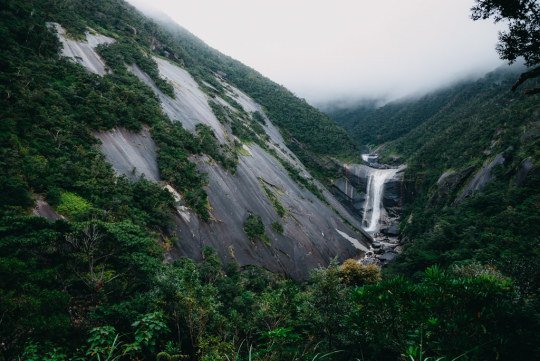

by Ippei & Janine
#landscape#fog#mangroves#trees#mountians#river#mist#green#waterfall#nature#japan#travel#naturecore#curators on tumblr#uploads
2K notes
·
View notes
Text
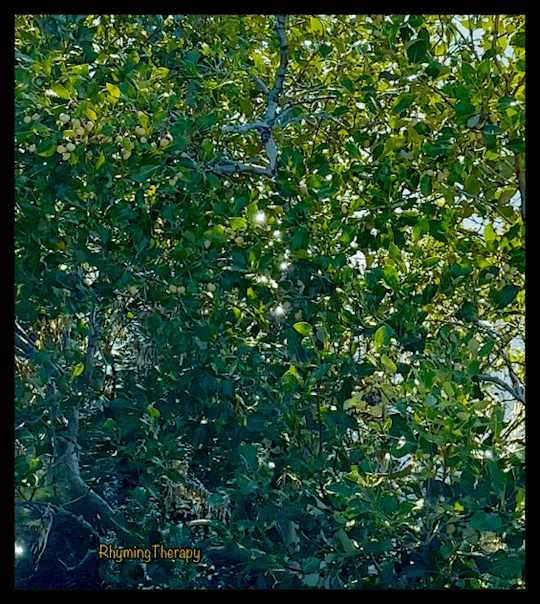
dazzling drops
of April sunlight
form constellations
among the mangroves
diamond chains
of exploding novas
sparked to life by an
ever-changing cosmos
.
RhymingTherapy—April 2024 (my gif)
#writerscreed#poeticstories#original photography#stars#light#nature#water#mangroves#trees#sunlight#twcpoetry#poetry#photographers on tumblr#poets on tumblr#April#writers on tumblr#constellations#cosmos
225 notes
·
View notes
Text

swamp hovel saturday
#minecraft#mineblr#minecraft build#minecraft builds#bsl shaders#the wild update#mangroves#lode-builds#maybe its the ex floridian in me but mangrove trees are my favorite trees!#love tjat they r in the game even though some aspects of this update were.. disappointing#<—THIS HAS BEEN IN MY DRAFTS FOR LIKE MONTHS#MEANT TP POST IT WHEN THE UPDATE CAME OUT ITS A LITTLE IRRELEVANT NOW SORRY I FORGOR 💀#update: i cant believe THIS ones an 1000 noter... i was not feeling it that much when i posted but glad u guys like it!#now go reblog my recent build I like her better
1K notes
·
View notes
Photo

Flying Crocodile
A view from below. A crocodile swims in the open water area of a cenote, surrounded by mangroves.
By Alvaro Herrero Lopez-Bletran, Mexico
Mangrove Photography Awards
#alvaro herrero lopez-bletran#photographer#mexico#mangrove photography awards#crocodile#reptile#animal#mangroves#cenote#nature
287 notes
·
View notes
Text
#wildlife#cambodia#good news#environmentalism#science#environment#nature#animals#conservation#wildlife species#discoveries#mangroves#mangrove forests
51 notes
·
View notes
Text
Solarpunk Sunday Suggestion:
Educate yourself about the importance of peatland and mangrove ecosystems
#solarpunk#hopepunk#environmentalism#cottagepunk#social justice#community#optimism#bright future#climate justice#tidalpunk#lunarpunk#turbinepunk#ecosystem restoration#carbon sinks#mangroves#peat#wetlands#bog#coast#solarpunksundays
69 notes
·
View notes
Text
Most books on the Bengal delta begin by describing it as “riverine,” [...] the land is the product of fluvial action [...]. [I]n thinking about Bengal, one tends to imagine the ricepaddy fields [...]. It was not so all the time; Bengal was never really a land of farming [...]. Traveling through Bengal in the eighteenth century, the French traveler Orme saw a highly sophisticated water-based economy - the blessing of rivers - irrigated [...] by the monsoon rains and annual flooding. [...] The rivers were not just channels of water; they carried a thriving trade, transporting people and goods from one part of the delta to another. Today, Bengal is generally seen as comprising lush green rice paddies [...]. Rivers are often presented as causing immense grief [through seasonal flooding] [...]. Clearly, there is a mismatch here. [...] How (and when) did Bengal’s social milieu transform from water-based to land-based? [...] Bengal’s essential character as a fluid landscape was changed during the colonial times through legal interventions that were aimed at stabilizing lands and waters, at creating permanent boundaries between them, and at privileging land over water, in a land of shifting river courses, inundated irrigation, and river-based life.
Such a separation of land and water was made possible not just by physical constructions but first and foremost by engineering a legal framework that gradually entered the popular vocabulary. [...] BADA, which stands for the Bengal Alluvion and Diluvion Act, [was] a law passed by the colonial British rulers in 1825, following the Permanent Settlement of 1793. [...] The environment of Bengal can be described as hybrid, where the demarcation between land and water is neither well-defined nor permanent. Nature here represents a borderless world, or at best one in which borders are not fixed lines on the ground demarcating a territory, but are negotiated spaces or zones. Such “[...] spaces” comprise “not [only] lines of separation but zones of interaction…transformation, transgression, and possibility” (Howitt 2001, 240).
---
Current boundaries of land and water are as much products of history as nature and the colonial rule of Bengal played a key role in changing the ideas and valuations of both. [...] The debate on what constituted productive and unproductive uses of land preceded the application of English property law not only to establish permanent zamindari (a common term for the system of landlordism) settlement of land tenure in India, but also to valorize land in what had essentially been a land-water hybrid environment. The colonial land revenue system, by seeing land as more productive (being able to yield revenue) and useful, began the long historical process of branding the rivers of Bengal as uncivil and in need of control. [...] The problem with deltaic land is its non-permanent nature, as silt is stored by rivers: rivers do not always flow along a certain route [...] The laws that the colonial British brought to Bengal, however, were founded upon the thinking of land as being fixed in place. [...]
---
Experiments to fine-tune the land-based economy began in 1760 when Bengal, and its ceded territories, came under the East India Company rule. [...] To entrench the system, the Permanent Settlement of 1793 created zamindars (or landlords) “in perpetuity” - meaning for good. The system was aimed at reducing the complexities of revenue collection due to erratically shifting lands and unpredictable harvests in a monsoon-dependent area [...]. Alarmed at the possibility of dismemberment of their estates, the zamindars decided to bind tenants to the same conditions to which they themselves were bound by the colonial government, and one of their actions was to create patni tenures or perpetual leases. [...]
It also meant that the right to collect rent from the tenants, often through the use of force, devolved to the lower layers, making the upper-layer zamindars more of a juridical rather than a real social entity in the eyes of the peasants. The patnidars, finding how much trouble this arrangement took off their own back, created dar-patnis or patnis of the second degree [...]. The dar-patnis created se-patnis or patnis of the third degree. The East India Company, therefore, had to legalize, through Regulation VIII of 1819, the creation of such formations, thus giving a de jure recognition post facto [...].
The regulation, although innocuous and simple, was of great historical potency: it became the key that unlocked the door to environmental and socio-economic changes of unparalleled magnitude. From a riverine community, within a hundred years, Bengal was transformed into a land-based community. [...]
---
The meaning of property also changed as a result of this law: the cultivators began to lose the right to occupy the land that they had enjoyed since ancient times because the colonial British had enumerated the characteristics of the zamindari property as an absolute right of proprietorship in the soil [...].
[T]he Company then began to contemplate the problematic issue of legalizing the fictional entities of chars [...]. The law that was created for this purpose -- and still rules the rights of ownership of charlands -- is the Bengal Alluvion and Diluvion Regulation Act (BADA) of 1825. [...] BADA was meant to establish a set of rules to guide the courts to determine the claims to land “gained by alluvion” or accretion, and the resurfaced land previously lost by diluvion or erosion. Even if one takes it for granted that chars are technically non-land in the sense that they exist within river banks, the difficulty remains that when a piece of land is lost to bank erosion, it may not arise in exactly the same location or arise at all within the foreseeable future. This means the owner has no certainty that they will get it back when it resurfaces or when another char rises nearby. [...] Thus, the key to establishing land rights in the court of law remained the payment of rent, even on diluviated land. [...] Such a rule will, however, not be applicable if a river suddenly changes its course and separates a considerable piece of land from one to join it with another farm, but without destroying the identity of the land so removed -- thus preventing legal recognition. New accretions in large navigable rivers would be the property of the state [...].
---
All text above by: Kuntala Lahiri-Dutt. “Commodified Land, Dangerous Water: Colonial Perceptions of Riverine Bengal.” In: “Asian Environments: Connections across Borders, Landscapes, and Times.” Edited by Ursula Munster, Shiho Satsuka, and Gunnel Cederlof. RCC Perspectives, no. 3, 17-22. 2014. [Bold emphasis and some paragraph breaks/contractions added by me.]
#summary of how britain took over bengal#calcutta#sundarbans#abolition#ecology#imperial#colonial#mangroves
247 notes
·
View notes
Note
What piece of yours took the longest to make?
Uhhhh, that's actually one I did very recently. It's a large and very detailed mural that I spend half a year on. It shows the animals and plants that inhabited the early Cretaceous of Northern Germany. This will be printed over roughly 10 m length right next to a bunch of footprints of some of these animals at the Dinosaur Park Münchehagen. Here a small part of it

#paleoart#sciart#paleostream#cretaceous#palaeoblr#dinosaur#dinosaurs#mural#art#ankylosaur#stenopelix#lagoon#mangroves
200 notes
·
View notes
Photo
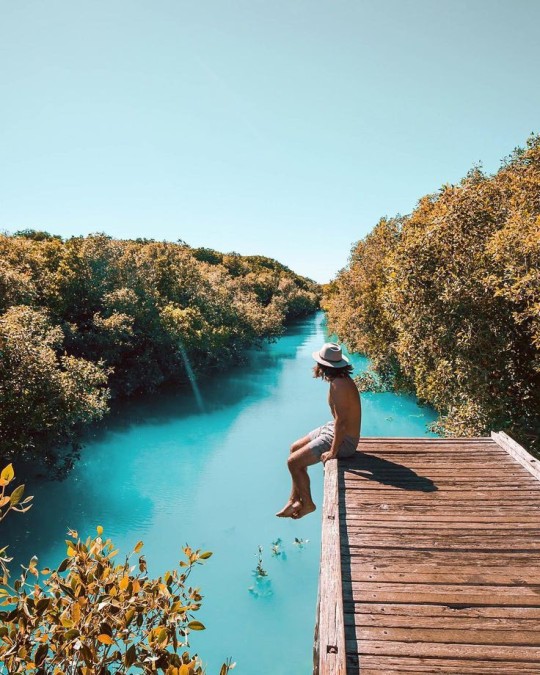
Broome, Western Australia
47 notes
·
View notes
Text

New growth
Mangroves at Burrum Heads
#original photographers#nature photography#flower photography#mangrove flowers#Burrum Heads#mangroves
35 notes
·
View notes
Text


by impulse4adventure
#landscape#landscape photography#florida#natural spring#mangroves#nature#naturecore#aesthetic#curators on tumblr#up
416 notes
·
View notes
Text
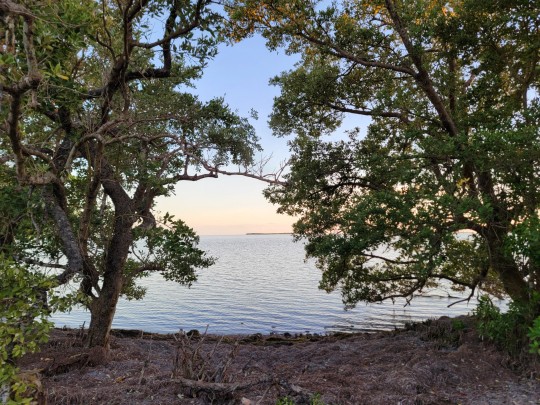
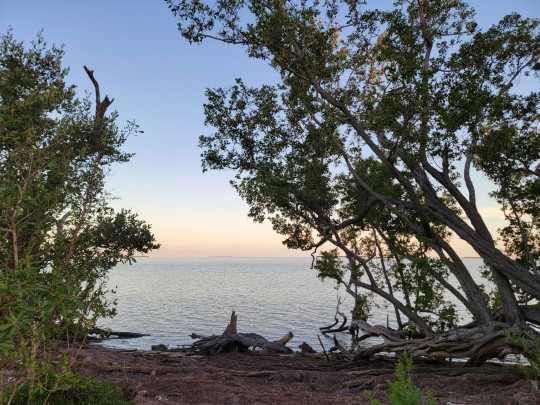
Mangroves at Flamingo, Florida - February 22nd 2024
#sea#sunset#nature#original photography#photographers on tumblr#mangroves#low country#american south
40 notes
·
View notes
Photo
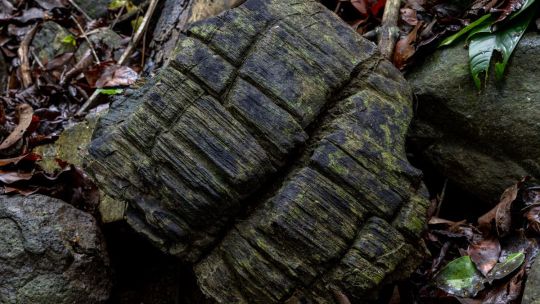
23 million-year-old petrified mangrove forest discovered hiding in plain sight in Panama | Live Science
... Whereas the canopies of most living mangrove trees reach around 43 feet (13 meters) high, S. barrocoloradoensis grew to around 82 feet (25 m) and could tower up to 130 feet (40 m).
The ancient trees likely evolved the same survival strategies mangroves use today, preferring brackish waters to highly saline ocean waters, Jaramillo said. The forest fringed a narrow peninsula that connected present-day central Panama to North America before the Isthmus of Panama formed, sometime between 23 million and 3 million years ago.
The mangrove fossils were all in a similar state of preservation, prompting the researchers to think the forest was wiped out by a single volcanic eruption that flooded the landscape with mud.
Since the researchers first discovered wood fossils on Barro Colorado Island, "people have been finding plenty more all over the island," Jaramillo said.
50 notes
·
View notes
Text

Here's my full piece for the Swim On Zine! I drew this lovely Nurse Shark in the mangroves. Thanks to everyone who purchased a copy for charity, and thanks to @swimonzine for hosting a lovely zine.
#art#zine#fanzine#swim on zine#shark#sharks#shark week#shark conservation#ocean#charity zine#nurse shark#mangroves#Dubbie's Art#swim on#swim on 2023#swim on zine 2023
54 notes
·
View notes